In recent years, wearable technology has seen a boom in popularity; Children have also joined the bandwagon. There are many advantages of these devices, such as smartwatches and fitness trackers for kids for safety, health monitoring, and educational features. However, it is necessary to understand its safe and effective use. In this guide, we’ll provide a broad overview of the best wearable technology options for kids, along with benefits and safety considerations.
You may like: Best Fitness Trackers for Every Budget in 2024
Table of Contents
ToggleIntroduction
Wearable technology for children has advanced significantly, meeting diverse needs through various devices. These tools allow parents to know where their children are and also help monitor their health and improve learning, among other things. Consequently, like other technologies, the logic behind its use must overcome possible risks while respecting responsibility.
Types of Wearable Technology for Children
1. Smartwatches
Kids today seem to be more interested in smartwatches than other types of wearable devices. The functionalities of these wearables are extensive, including navigation, communication, and GPS learning applications. Some of the best smartwatches for kids include:
2. Fitness trackers
Fitness trackers motivate kids by showing them how much exercise they are getting. These devices can record the number of steps taken, the duration of sleep, or even the heartbeats per minute. Popular fitness trackers for youth include:
3. GPS Trackers
GPS tracking devices allow parents to monitor their children’s whereabouts. How does it work? For parents, especially in crowded or unfamiliar places, they give them peace of mind. Some examples of reputable GPS trackers for kids include:
- Jiobit Smart Tag
- AngelSense GPS Tracker
- Gizmo Watch 2
4. Educational Wearables
Educational wearable devices combine education with the latest technology, making learning fun and interactive for children. They often incorporate games and quizzes with educational material also included. Examples include:
- Osmo Genius Starter Kit
- LeapFrog RockIt Spin
- Kano Harry Potter Coding Kit
Benefits of Wearable Technology for Children
Improved security
One of the main advantages of wearable technology for children is that it improves their safety. Smart watches and GPS trackers, among other devices, can allow parents to track where their children are at any given time and receive emergency notifications, which is quite vital, especially in congested places like amusement parks or when doing a family outing.
Health monitoring
Wearable devices can monitor children’s health by tracking their physical activities, sleep patterns, and physiological processes like heart rate. This information can help parents ensure that their children stay fit through physical activities.
Educational Value
Educational wearables present interactive approaches to learning in a way that is fun for children. These devices work hand in hand with traditional learning methods and make education exciting and enjoyable. They also play a role in developing problem-solving and critical-thinking skills.
Communication
Children can use communication functions equipped with smartwatches to communicate with their parents wherever they are. This feature especially helps during emergencies or when children are away from home. They have voice calls, text messaging, and video calls so that children can contact their parents whenever necessary.
Security considerations
Although wearable technology has numerous advantages, you must be careful with its use. Follow safety considerations into account:
Privacy
Privacy is a huge issue when it comes to wearable technology for kids. Check whether devices comply with privacy rules and have secure data storage. Additionally, parents should teach their children the importance of privacy and not sharing personal information with strangers.
Device security
Select devices with robust security measures to protect them from hackers and unauthorized people. Constantly update the device software so that it has up-to-date security patches.
Screen time
While wearable technology can be helpful, screen time needs observation and monitoring to prevent misuse. Children should also do physical exercise or other activities away from screens.
Age-appropriate content
Ensure wearable technology is suitable for children of a certain age group without exposing them to inappropriate content. Many wearable devices come with parental controls that allow guardians to manage and limit what children can access online.
<
The Best Wearable Technology for Children Comparison
Below is a comparison table of some of the best wearable tech options for kids:
| Device | Features | Age Range | Price |
| Apple Watch SE | GPS, Communication, Fitness | 10+ | $279 |
| Garmin Vivofit Jr. 3 | Fitness, Activity Tracking | 4-9 | $79.99 |
| TickTalk 4 | GPS, Communication, Apps | 5-12 | $199.99 |
| VTech Kidizoom DX2 | Games, Camera, Fitness | 4-9 | $59.99 |
| Fitbit Ace 3 | Fitness, Sleep Tracking | 6+ | $79.95 |
| Jiobit Smart Tag | GPS, Real-Time Tracking | 3+ | $129.99 |
| AngelSense GPS Tracker | GPS, Communication | 5+ | $99.99/month |
| GizmoWatch 2 | GPS, Communication | 4-12 | $99.99 |
How to Choose the Right Wearable Technology for your Child
Selecting the right wearable technology for your child can be a daunting task. Here are some tips that can help you make the right decision:
1. Identify your needs
You need to determine which aspects of the device are most valuable to your child. Do you need it primarily for security reasons, or do you need educational content and games?
2. Consider age appropriateness
Make sure the device is appropriate for your child’s age. Younger children may need less elaborate devices with fewer features, while older children may benefit from more sophisticated ones.
3. Read reviews
Look for reviews about the device’s performance, durability, and ease of use. They are influential because they illustrate the possible benefits and drawbacks.
4. Set a budget
Wearable technology for kids ranges in various price tiers. So, set a budget and find the device with the best quality-price ratio without having to leave out any necessary features.
5. Check parental controls
Parental controls are important features in a wearable technology management system for kids. Ensure it allows you to impose restrictions, monitor activities, and prevent access to indecent content.
Potential Risks and How to Mitigate Them
While wearable technology has many benefits, there are also possible dangers that parents should be aware of. Here are some common risks and how to handle them:
1. Data privacy concerns
They collect information, including location, health metrics, and personal data. Select devices with strong encryption and data security policies to mitigate privacy threats. Periodically evaluate privacy settings and teach your child about online privacy.
2. Threats to cybersecurity
The vulnerability of wearable technology to hacking, among other cybersecurity threats, is a challenge associated with it. Make sure your device has up-to-date security features and frequently updates its software. Teach your child to generate strong, unique passwords and avoid connecting to unsecured Wi-Fi networks.
3. Overdependence on technology
While wearable technology can improve safety and education, students also need other forms of engagement. Encourage your child to spend some time outdoors, do some exercises, or meet up with family or friends.
4. Exposure to inappropriate content
Some portable devices can access the Internet or app stores, exposing children to unwanted content. Use parental controls to limit access and remain alert to monitor your child’s device activity.
Case study
The impact of wearable technology on children’s health
Research conducted by the American Academy of Pediatrics explored the effects of fitness-tracking devices on children’s health. The study involved 500 children between six and twelve years old who wore physical activity trackers for half a year. The results indicated a significant increase in physical activity levels, as evidenced by the fact that the children were getting an additional 30 minutes of exercise/day.
According to Dr. Emily Harper, lead researcher, “Fitness trackers can help motivate children to be active. “We found that the use of these devices was associated with greater odds of engaging in regular physical activity in childhood, which is essential for their overall health and well-being.”
The research also emphasized the importance of parental involvement. Children whose parents monitored and encouraged their activities showed even better improvements in their physical activity levels.
Future Trends in Wearable Technology for Kids
The wearable technology sector is dynamic, with several emerging trends influencing the future of these devices for children. These include:
Advanced health monitoring
Future wearables could have more advanced health monitoring features, such as blood pressure monitoring, predictive health analytics, and glucose monitoring. It will give parents and caregivers more information about their children’s health, which will help them take the necessary steps to save them.
Augmented Reality (AR) and Virtual Reality (VR)
AR/virtual reality technologies are increasingly becoming famous in wearable technologies. They can create an immersive learning experience and interactive games that make education and physical activity fun, especially for children.
Battery time
Battery life has always been a concern when it comes to portable devices. Longer battery life could be one of the future innovations, thus reducing the frequency of charging needed and ensuring that devices continue to work.
Enhanced security features
With growing privacy and security concerns, future wearable devices are likely to feature enhanced security systems such as biometric authentication, improved encryption, and better data protection measures.
Also read: Top 10 Wearable Tech Gadgets in 2024
Conclusion
Wearable technology for children offers several advantages, such as increased safety, health monitoring, and education. However, it is essential to select the right device, use it responsibly, and be aware of potential risks. This article provides guidance and advice on using wearable technology in a way that ensures that children benefit from it without any harm or danger.
The future of wearable technology for kids looks bright as technological advances result in even more useful and safer devices. To enable their children to thrive amidst the growing digital world, parents must remain updated.
FAQS
What exactly does the term “wearable tech for kids” mean?
It includes wearable devices made specifically for children. These products meet your needs, including smartwatches, GPS trackers, and fitness trackers.
Are these wearable devices safe for my child to use?
Most wearable technology designed for children is safe because it is child-friendly, has minimal radiation emissions, and comes with parental controls. Always opt for well-known brands and read reviews to be sure.
How can wearable technology help keep my child safe?
Wearable technology is an excellent security measure. Some contain a GPS tracking system that allows you to know where your child is at any time. Others even have an SOS button that, when pressed by a child during critical moments, will alert you immediately.
Can wearable technology help my child stay healthy?
It really can! Fitness bands can help them stay fit by showing them how many steps they have taken, how well they sleep, or even monitoring their heart rate in some cases.
What features should I consider when purchasing a wearable device for my child?
Some of the things you may want to look for in such products include GPS tracking, an activity monitoring system, and parental controls. Other great features include water resistance, long-lasting battery life, and rugged, durable design. Others have some learning games or fitness contests.
Is there any chance my son can communicate through those wearables he has?
Many kids’ smartwatches come with calling and texting features, meaning your child can stay in touch with you throughout the day. Some even allow video calls!
How do I know my child’s data is safe on these?
Choose brands known for security features on their devices. Such attributes could include data encryption during transmission and secure servers. Always take the time to read privacy policies and set up parental controls to monitor data sharing.
Are there any drawbacks to children using portable technology?
It is necessary to use it in the right proportions. Be careful about spending too much time on the screen; Balance is essential. Also, ensure your child values privacy and does not share personal information with strangers.

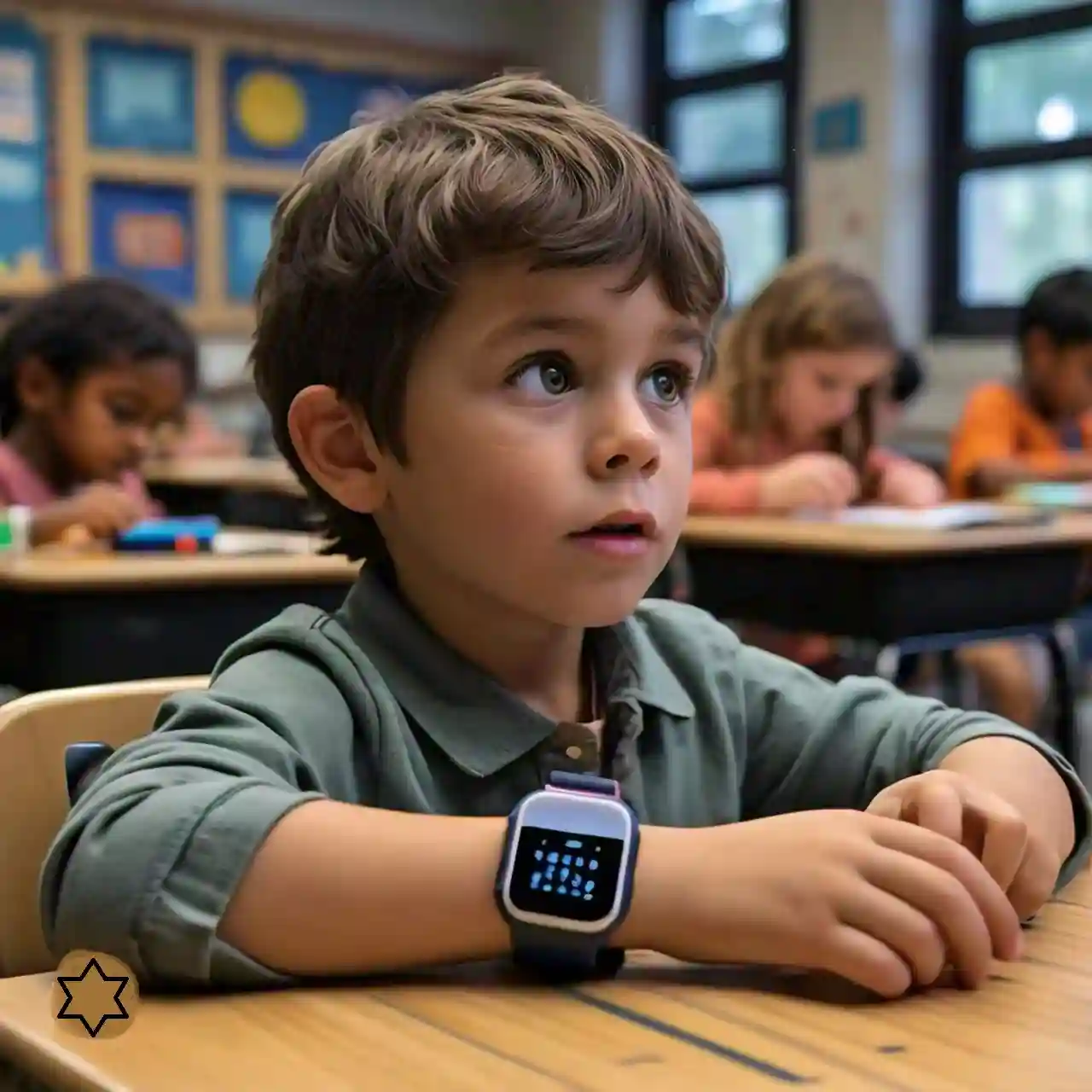
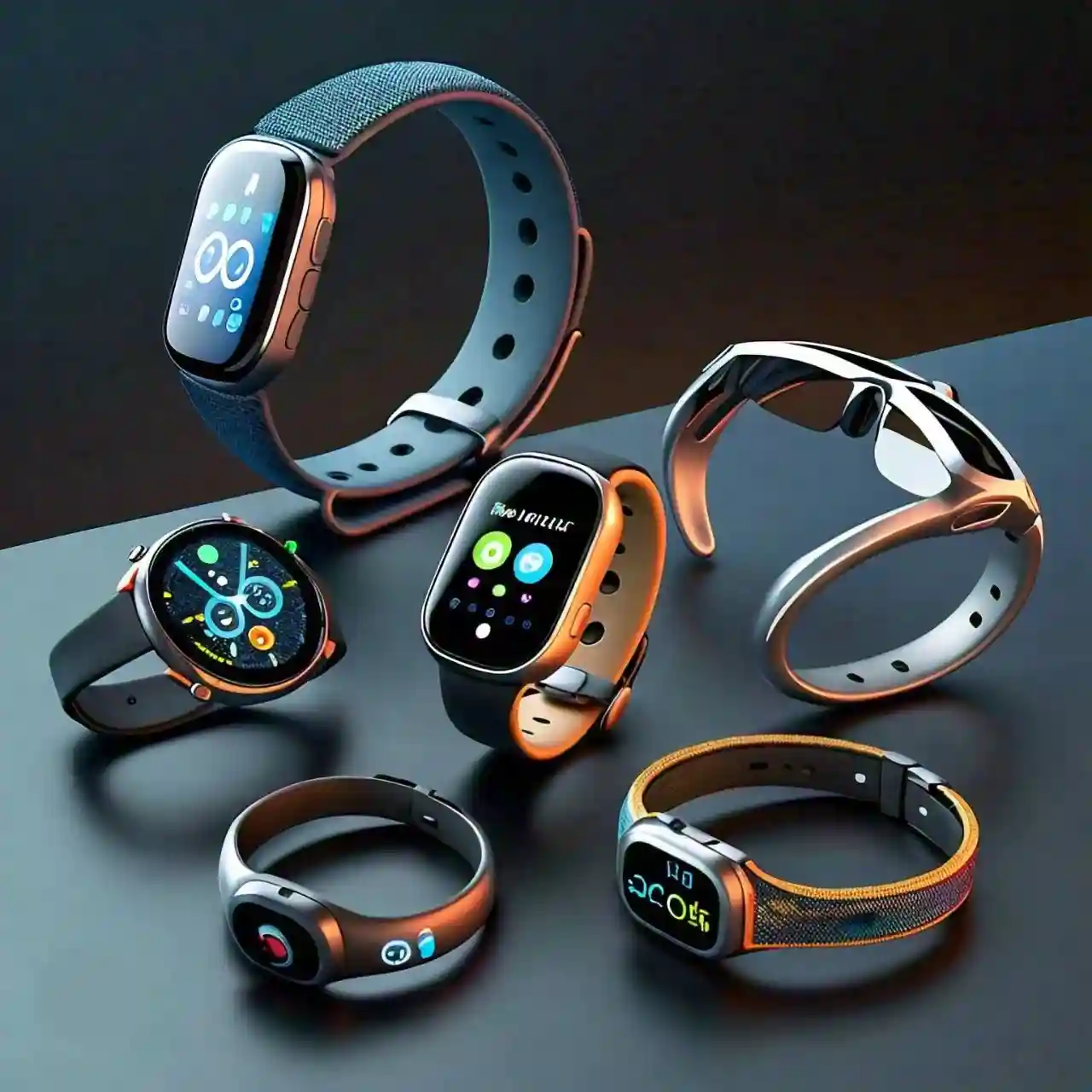
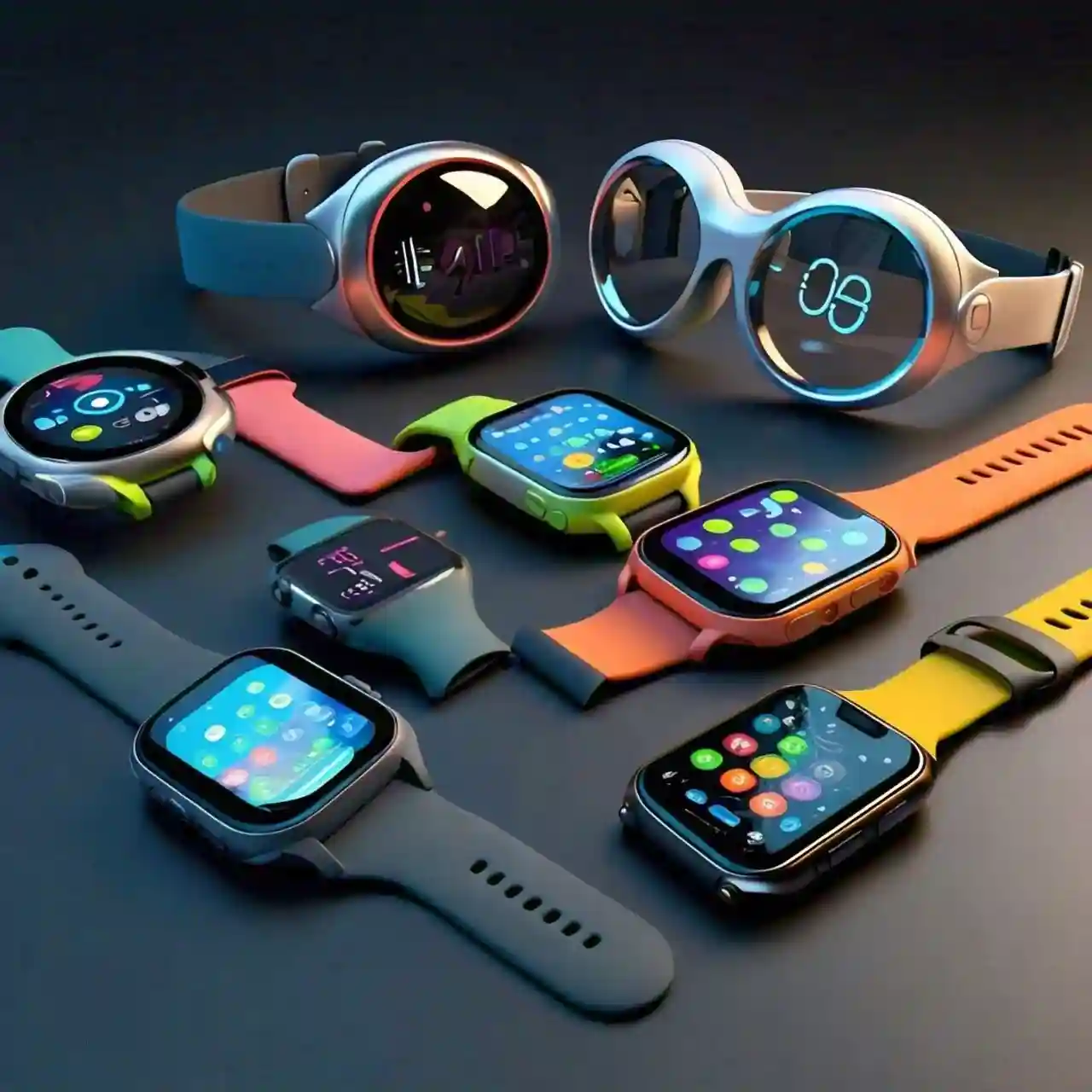
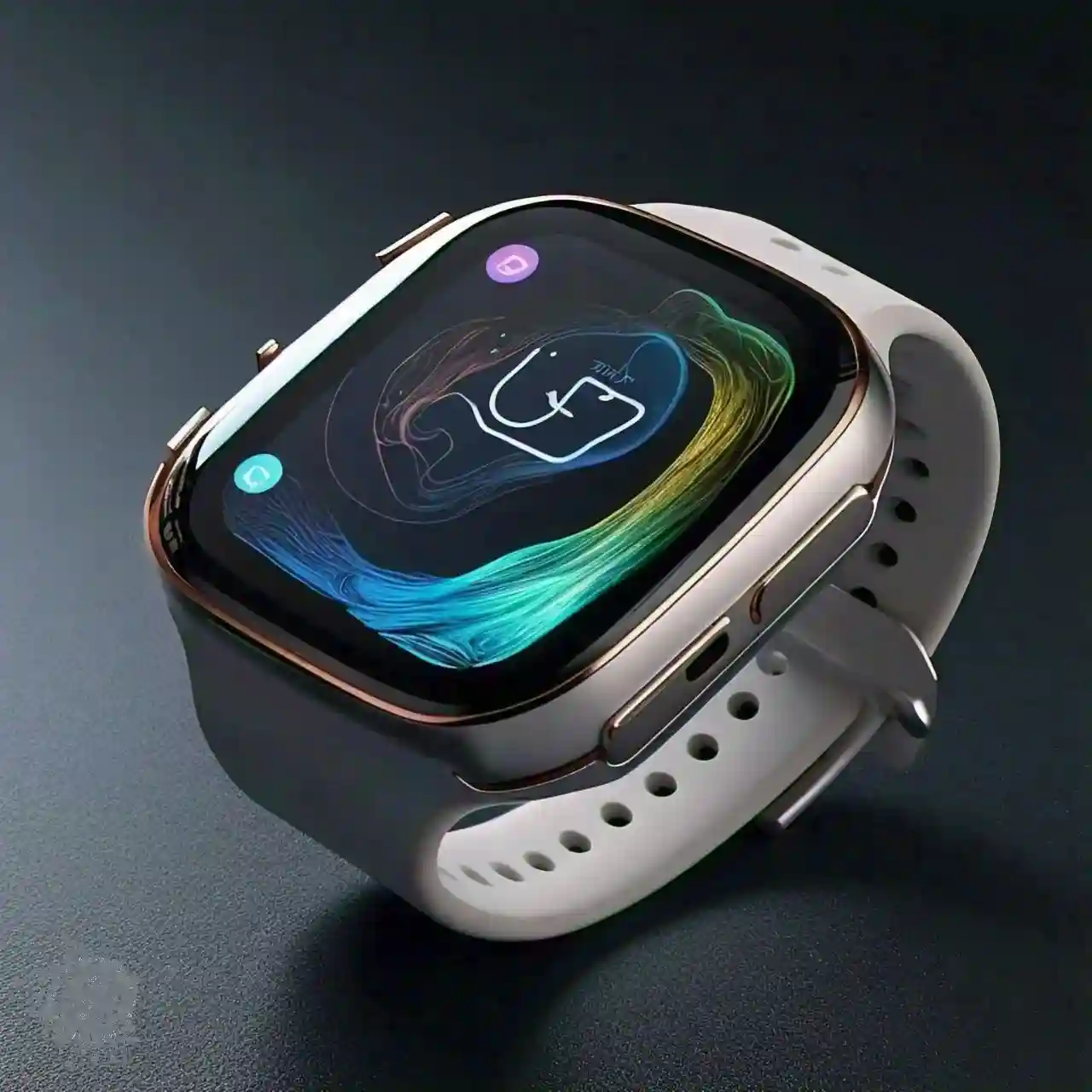



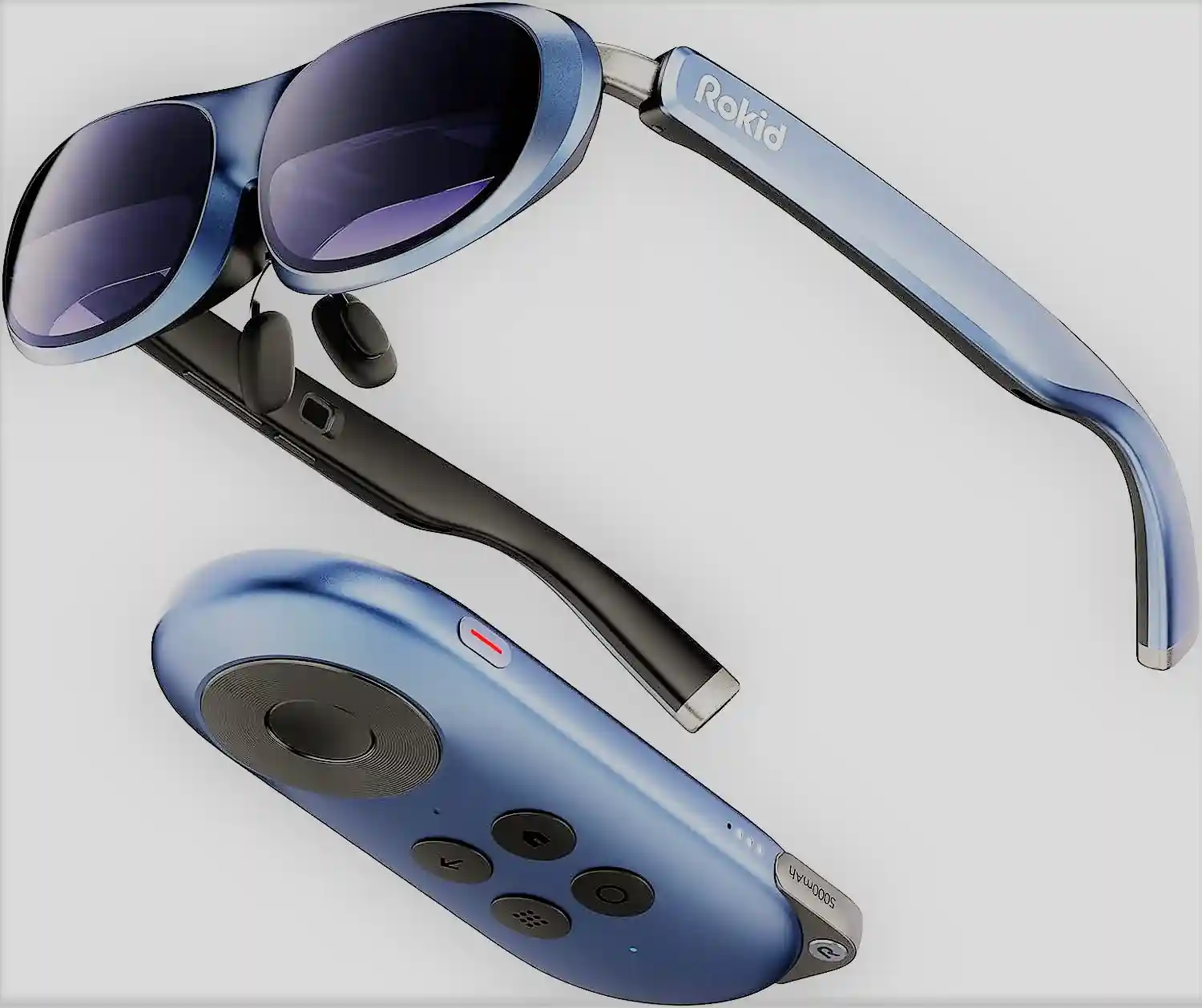
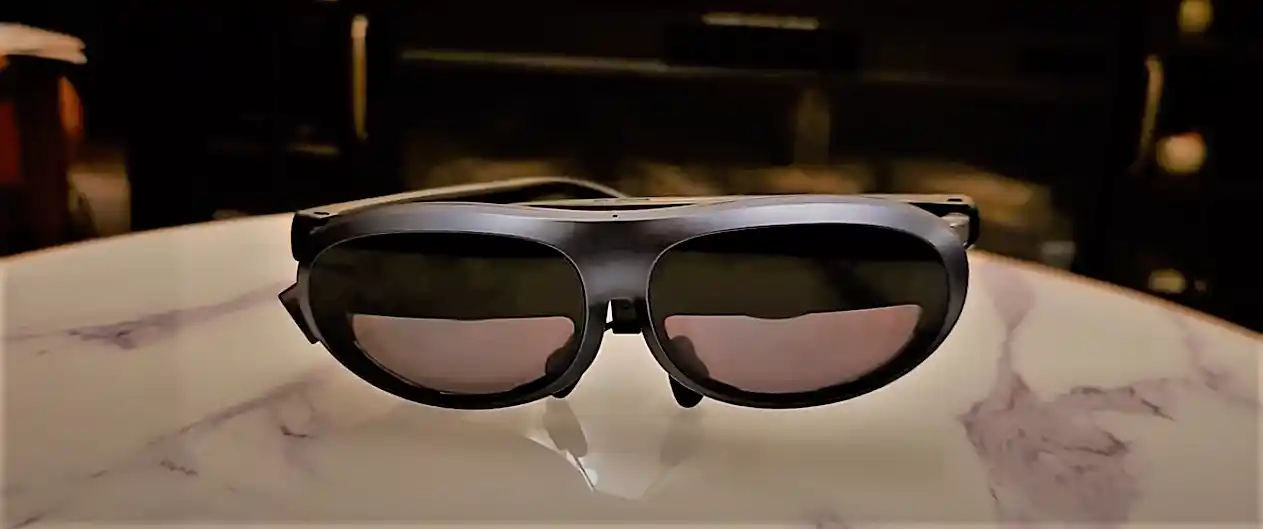
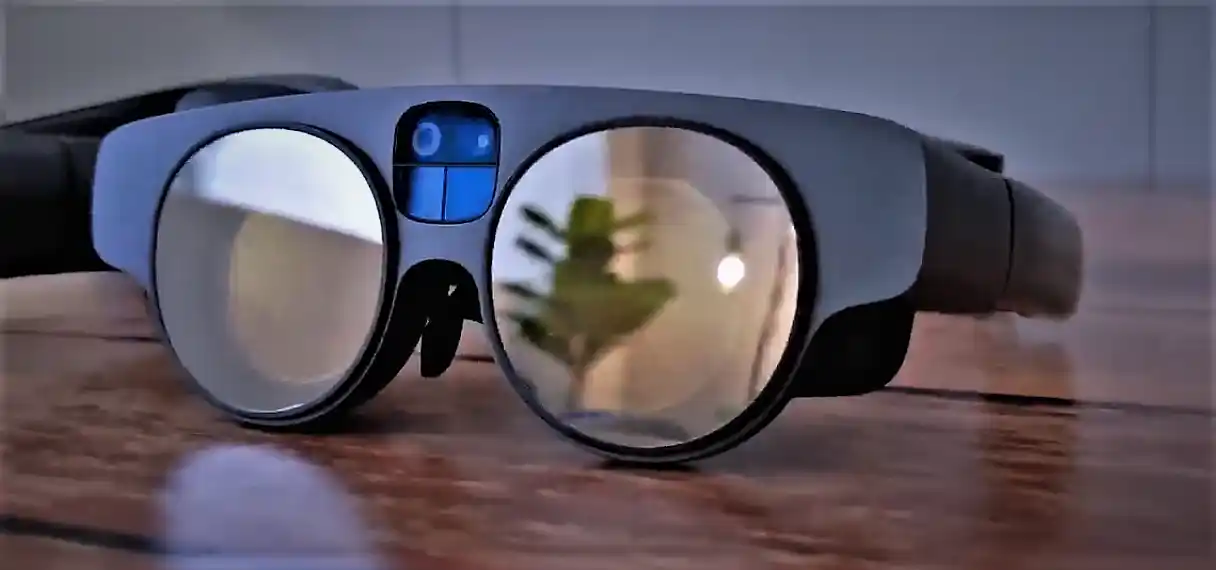
Roman Pidcock
This was very helpful, thanks!